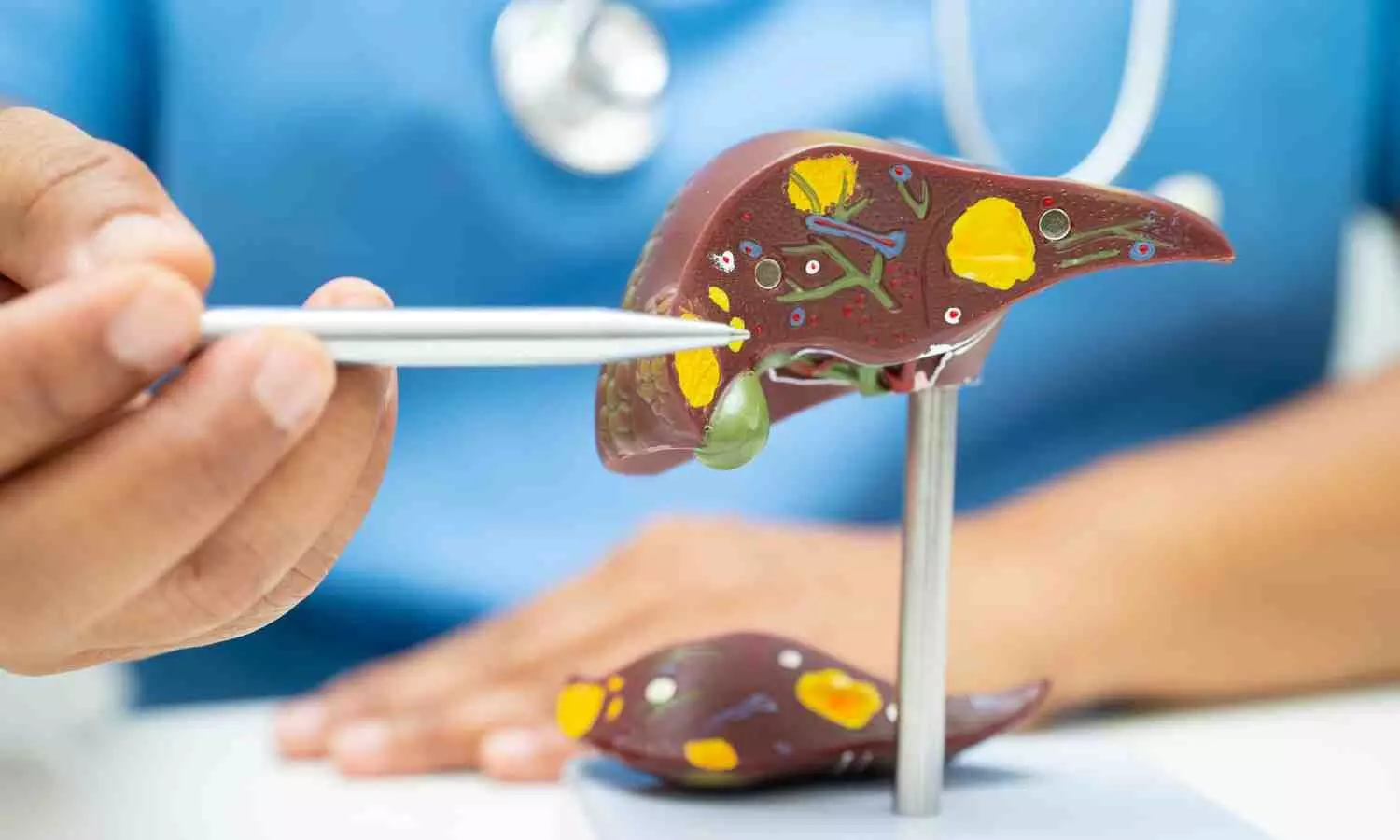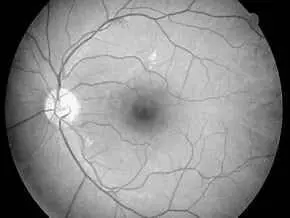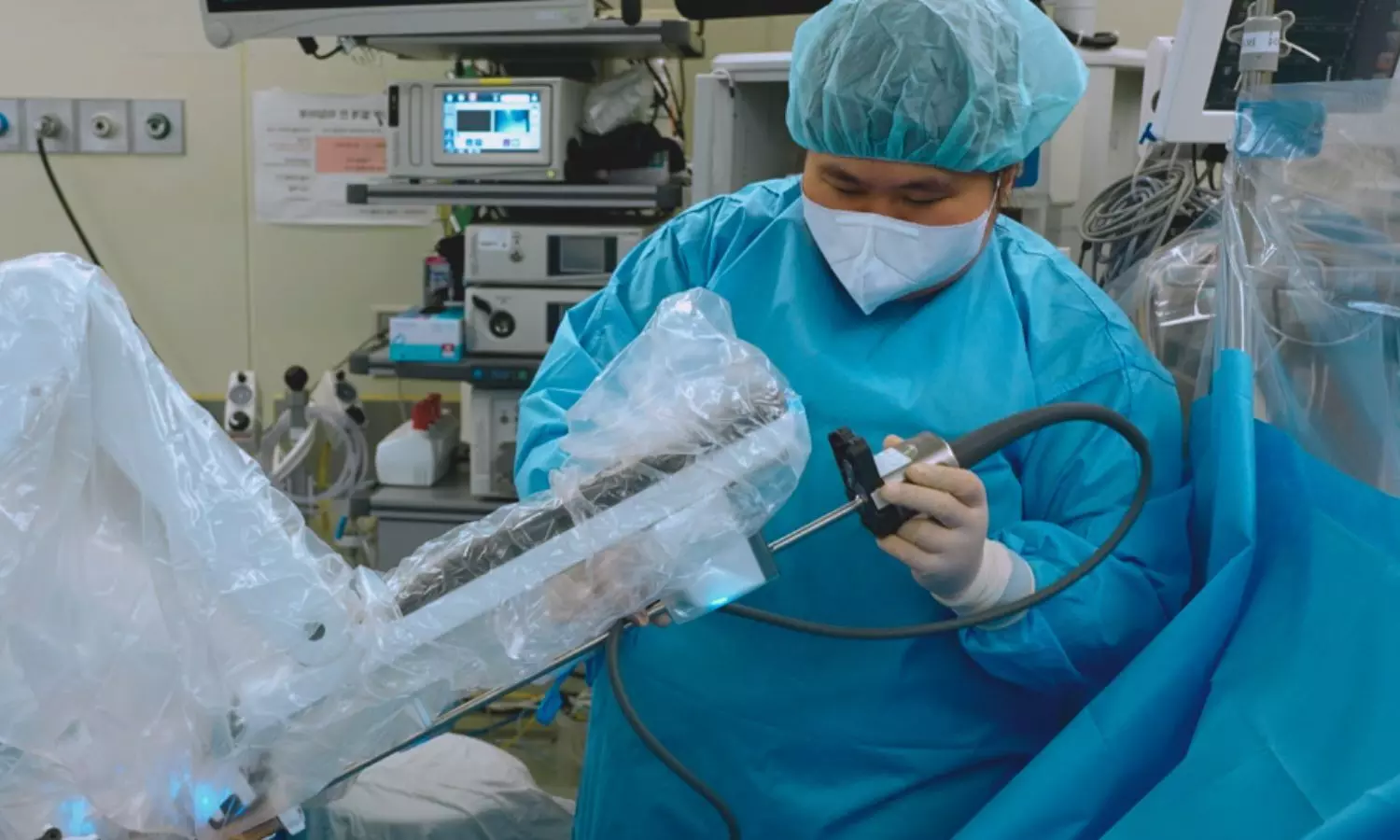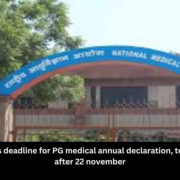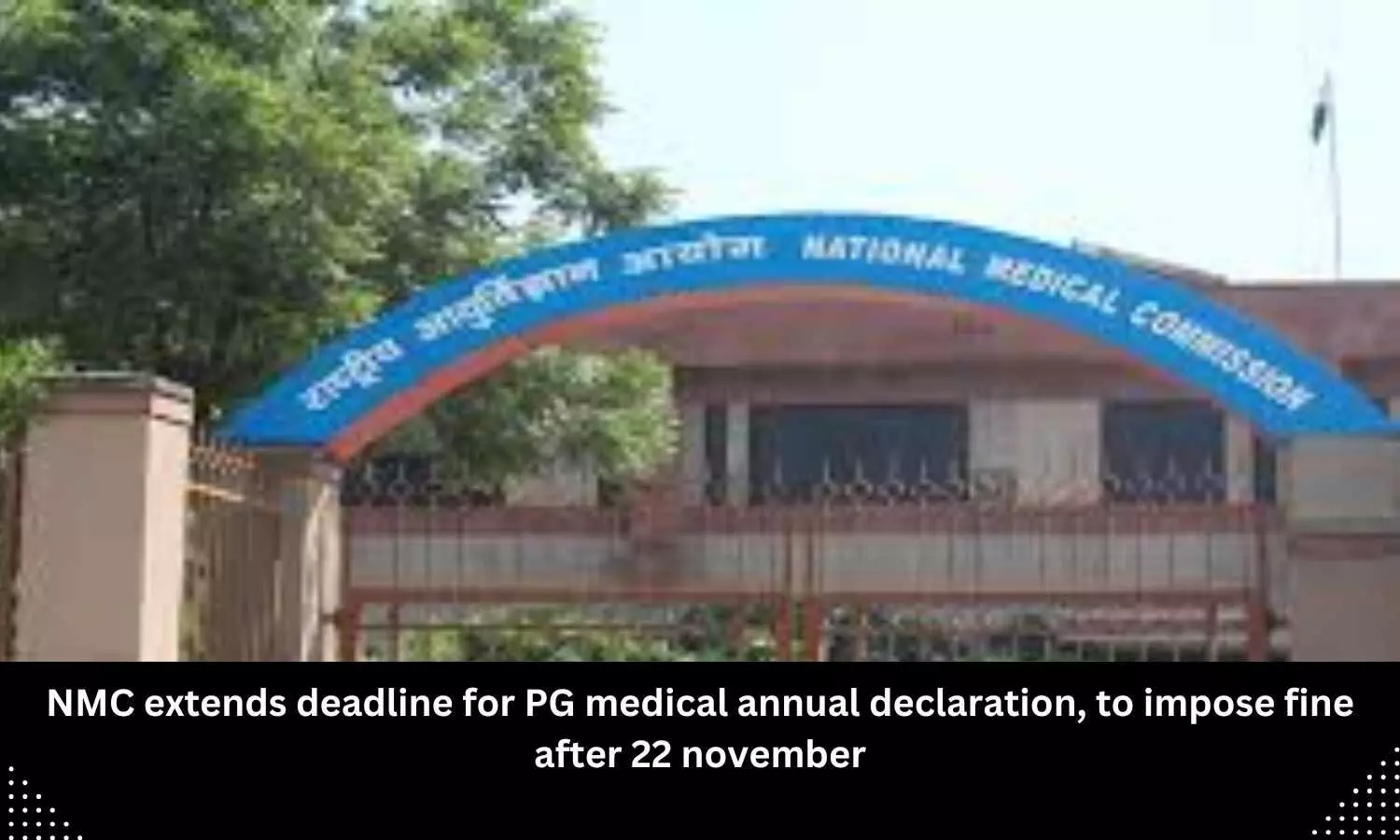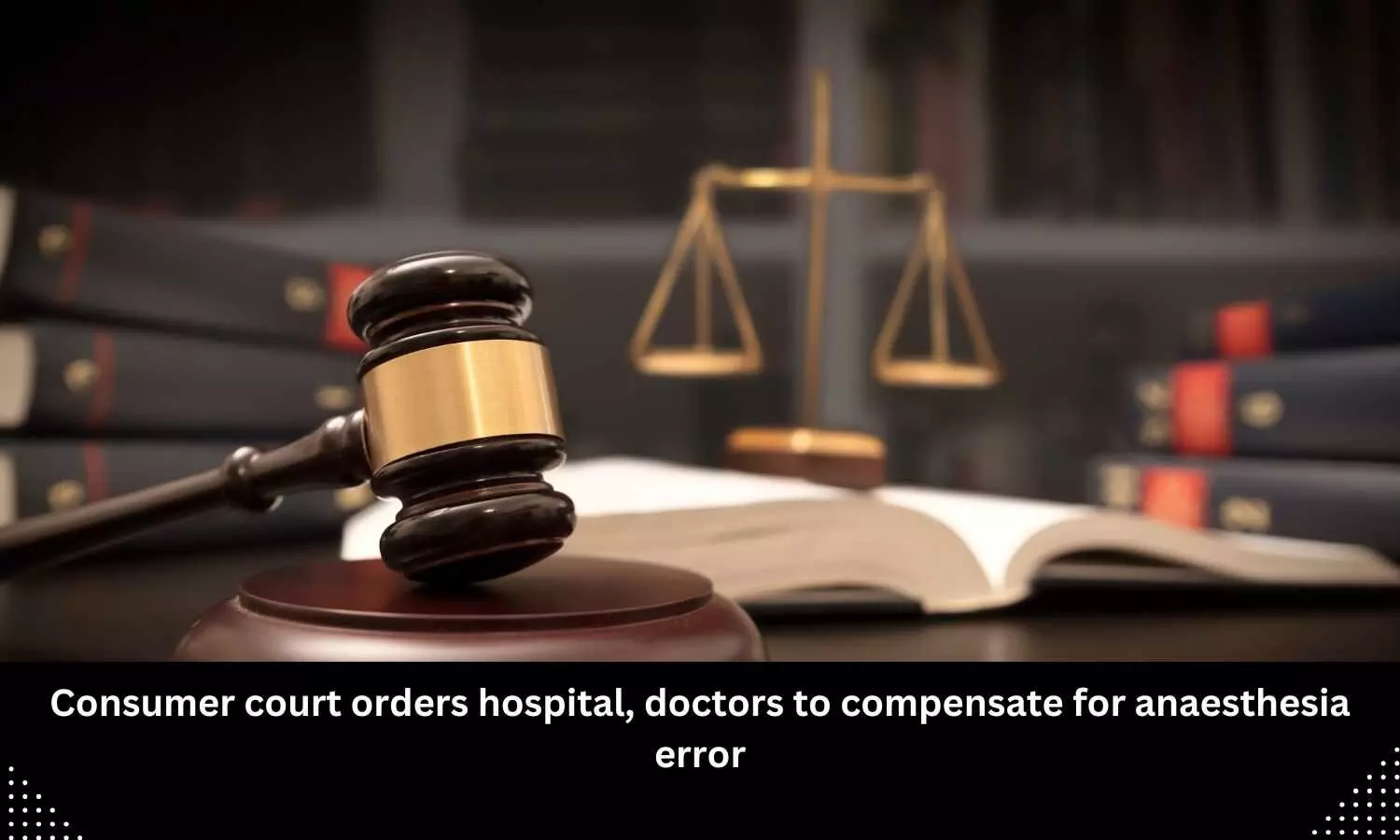Early-onset asthma worsens memory and executive function in children: JAMA

A recent cohort study published in the Journal of American Medical Association revealed significant insights into how childhood asthma affects cognitive development, particularly memory and executive functions. Approximately 5 million children in the US live with this chronic respiratory condition, but its potential influence on cognitive growth has remained largely unexplored. Thus, this comprehensive, multisite longitudinal research project that started in 2015 to highlight the lesser-known neurological impact of asthma.
The study involved nearly 11,800 children aged 9 to 10 at baseline, with follow-up assessments conducted 1 and 2 years later. The participants were grouped based on their asthma status. For the longitudinal analysis, the children were divided into 3 categories, where one group had those with asthma since baseline (earlier childhood onset), the other with those who developed asthma by the 2-year follow-up (later onset), and another being the control group without asthma. For the cross-sectional analysis, the children were grouped based on whether they had asthma at any time during the study or never had asthma.
Asthma status was established through parent reports, while primary outcomes focused on episodic memory. Secondary outcomes assessed processing speed, attention, and inhibition abilities, which are crucial components of executive function. In the longitudinal analysis involved 474 children, the ones with earlier-onset asthma expressed significantly slower progress in memory development when compared to their peers without asthma. Also, the data indicated that these children had a lower rate of memory improvement over time (β = −0.17, P = .01). The group breakdown showed diverse racial representation, with 56% of the earlier-onset group being male and notable proportions identifying as Black, Hispanic, or White.
The cross-sectional analysis included 2,062 children which reinforced these findings. Children with asthma (n = 1,031) scored lower on episodic memory (β = −0.09, P = .04), processing speed (β = −0.13, P = .01), and executive functions related to inhibition and attention (β = −0.11, P = .02). Demographics revealed that the asthma group had a higher male ratio (57%) and a balanced racial distribution.
Overall, this comprehensive study underlined the potential cognitive toll that asthma may exert on children, particularly the ones with an early onset. These findings point to the importance of early cognitive assessments and targeted interventions for children with asthma to support better educational and developmental outcomes.
Source:
Christopher-Hayes, N. J., Haynes, S. C., Kenyon, N. J., Merchant, V. D., Schweitzer, J. B., & Ghetti, S. (2024). Asthma and Memory Function in Children. In JAMA Network Open (Vol. 7, Issue 11, p. e2442803). American Medical Association (AMA). https://doi.org/10.1001/jamanetworkopen.2024.42803
Powered by WPeMatico



